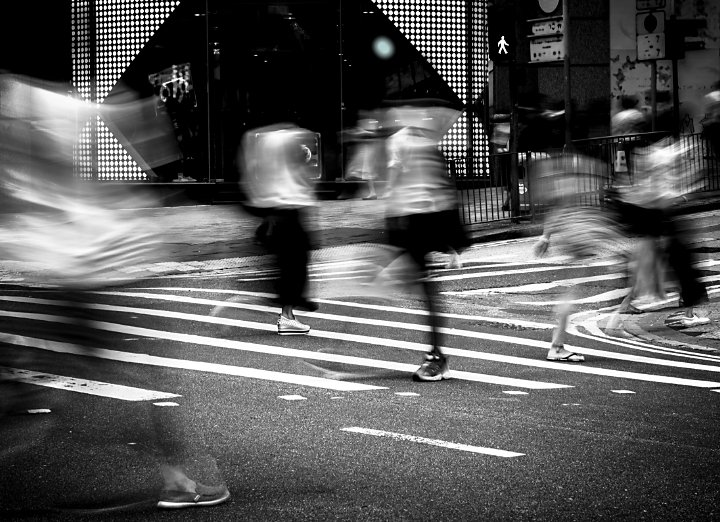The 2-Minute Rule for Framing Streets
The 2-Minute Rule for Framing Streets
Blog Article
Our Framing Streets Statements
Table of ContentsFraming Streets for DummiesIndicators on Framing Streets You Should KnowGet This Report about Framing StreetsWhat Does Framing Streets Do?Some Ideas on Framing Streets You Need To KnowFraming Streets for Beginners
, normally with the objective of capturing photos at a definitive or poignant minute by cautious framework and timing. https://www.cheaperseeker.com/u/framingstreets1.
, that was motivated to take on a comparable paperwork of New York City. As the city established, Atget helped to promote Parisian streets as a worthy topic for photography.
Unknown Facts About Framing Streets
In between 1946 and 1957 Le Groupe des XV annually showed work of this kind. Andre Kertesz. Circus, Budapest, 19 May 1920 Street photography developed the significant content of two events at the Gallery of Modern Art (Mo, MA) in New york city curated by Edward Steichen, Five French Professional Photographers: Brassai; Cartier-Bresson, Doisneau, Ronis, Izis in 1951 to 1952, and Post-war European Photography in 1953, which exported the principle of street digital photography internationally.

9 Simple Techniques For Framing Streets
The recording equipment was 'a concealed cam', a 35 discover this info here mm Contax concealed beneath his layer, that was 'strapped to the breast and linked to a long cable strung down the best sleeve'. His work had little modern impact as due to Evans' level of sensitivities concerning the originality of his job and the personal privacy of his subjects, it was not published up until 1966, in the publication Many Are Called, with an intro created by James Agee in 1940.
Helen Levitt, then an educator of young children, linked with Evans in 193839. She recorded the transitory chalk drawings - Street photography hashtags that were component of children's street culture in New york city at the time, along with the kids that made them. In July 1939, Mo, MA's new photography section consisted of Levitt's job in its inaugural exhibitionRobert Frank's 1958 book,, was substantial; raw and frequently out of emphasis, Frank's photos examined mainstream digital photography of the time, "challenged all the formal rules laid down by Henri Cartier-Bresson and Pedestrian Evans" and "contradicted the wholesome pictorialism and genuine photojournalism of American publications like LIFE and Time".
Report this page